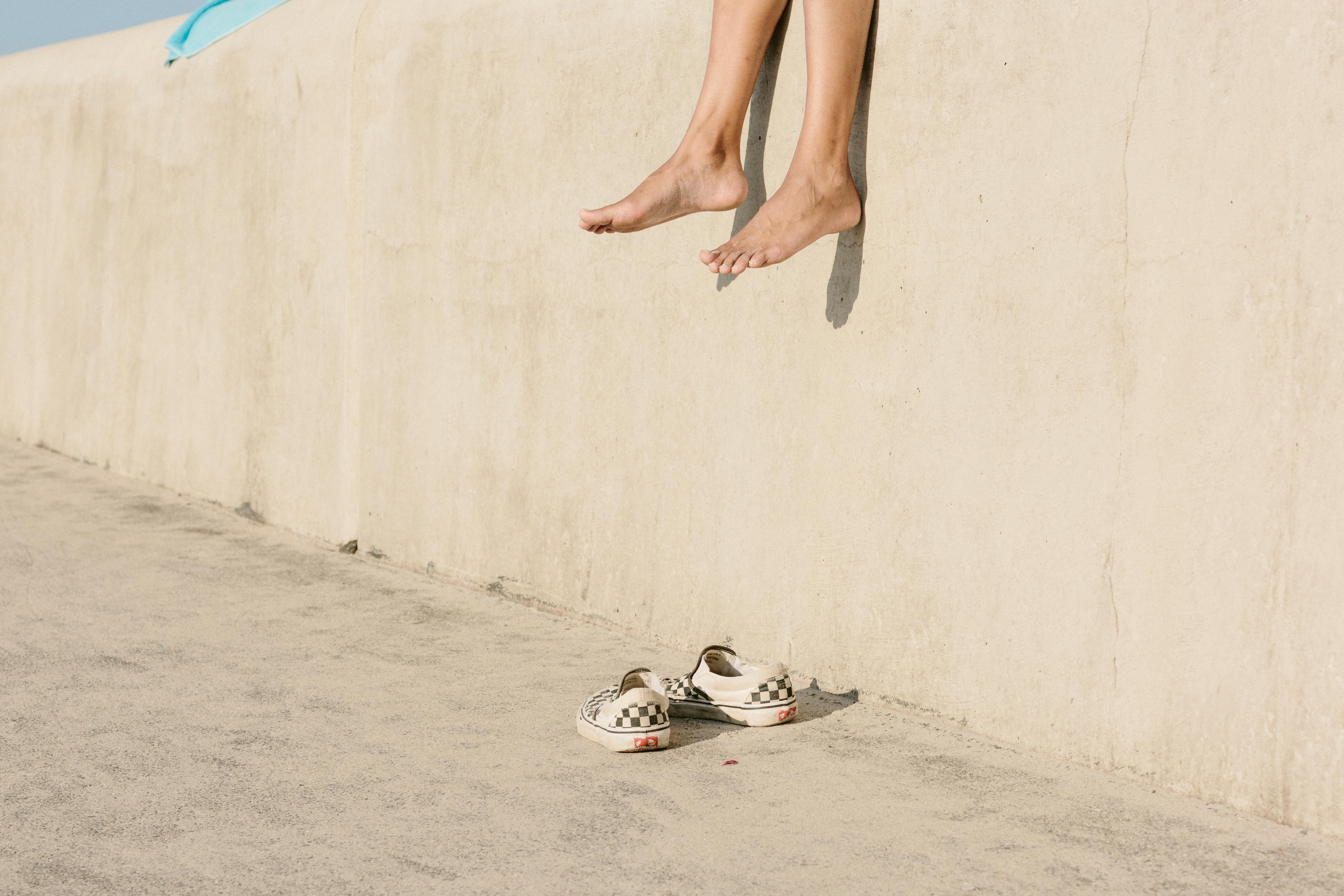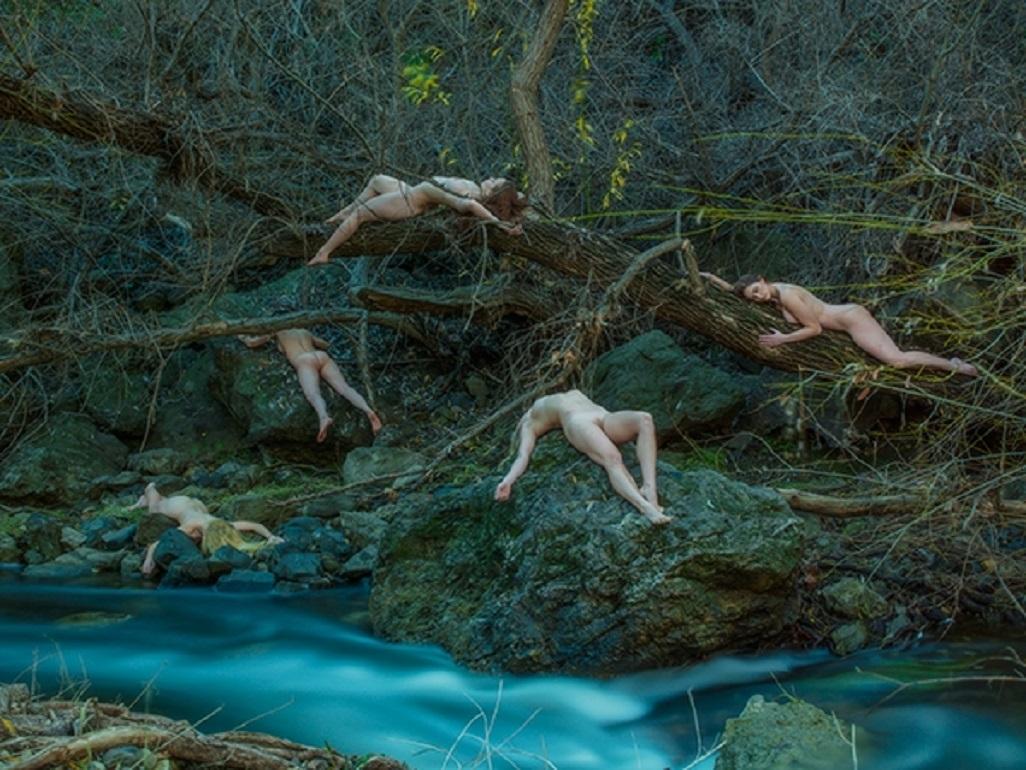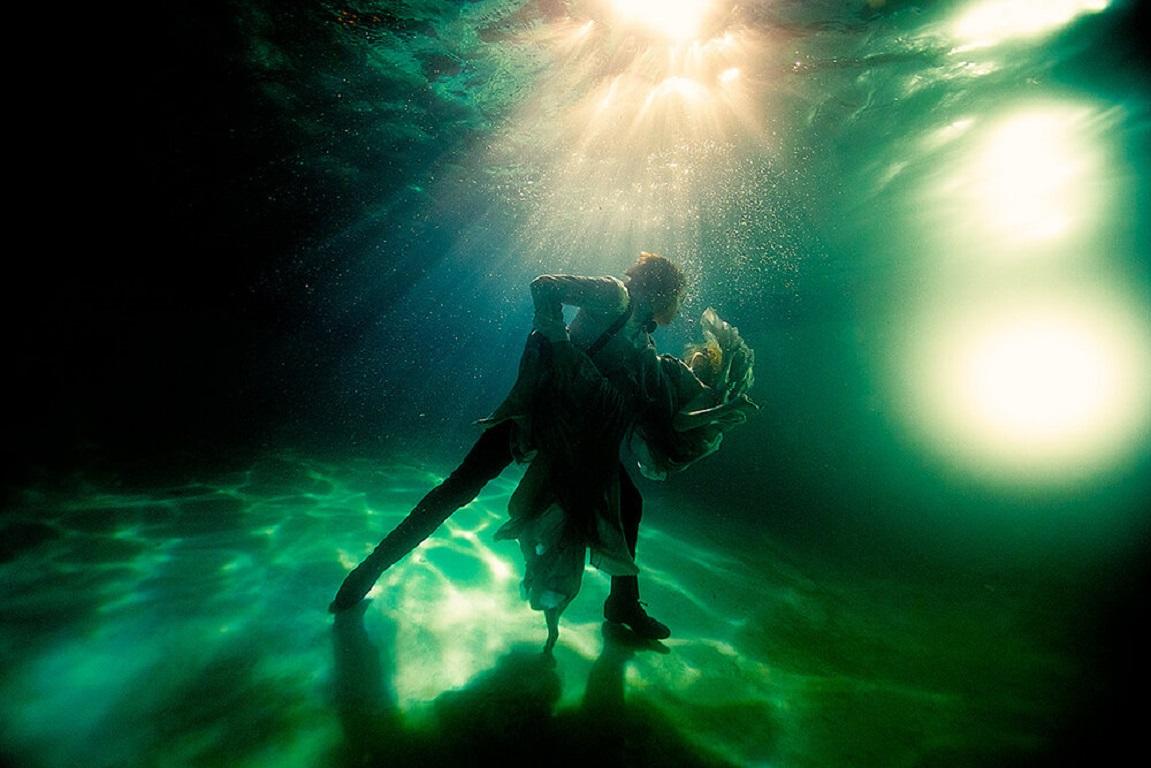Items Similar to HUICHOL: MOUNTAIN, DESERT, NEW YORK (`95-`21)
Want more images or videos?
Request additional images or videos from the seller
1 of 13
PABLO ORTIZ-MONASTERIOHUICHOL: MOUNTAIN, DESERT, NEW YORK (`95-`21)1995-2021
1995-2021
About the Item
The first person to photograph the Huichol in their remote communities in the inaccessible canyons of the Western Sierra Madre was probably the Norwegian anthropologist, Carl Lumholtz. He ventured into their territory in 1895, shortly before the arrival of the French naturalist and ethnographer Léon Diguet, who was also a photographer. Like so many who were engaged with documenting Indigenous peoples across the Americas in those brutal years of expansion and settlement, Lumholtz believed that the disappearance of his subjects was inevitable: “the weaker must succumb to the stronger, and the Indians will ultimately all become Mexicans.”
The photographs of the Huichol by Pablo Ortiz Monasterio—taken on some twenty trips over the past three decades—prove that Lumholtz was fortunately, terribly wrong. They reveal abundant evidence of cultural survival (what the Huichol call “la costumbre”), made possible by their extraordinary resistance to the religious, nationalist, and economic forces that have long assaulted—and that continue to assault—Indigenous communities everywhere. Though Ortiz Monasterio is also an outsider, he does not operate—like Lumholtz or Diguet—as an old-fashioned preservationist, nor is he confident in the superiority of Western culture, nor is his work only destined for museum vitrines or archives. Rather, these complex images are the result of long and patient attempts at negotiation and collaboration, of working with the Huichol, amongst them, and ultimately making pictures as much for them as for audiences far from the Sierra Madre.
In 1996, Fernando Ortiz Monasterio, an ecologist and engineer, was invited to design a bridge to allow the Huichol to safely cross a deep riverbed that became an impassable and dangerous torrent during the summer rains. An image by his brother Pablo records the bloody sacred sacrifice that celebrated its completion, just as he later documented a Huichol pilgrimage to another suspension bridge, in distant Brooklyn. Perhaps the only ethical position of the contemporary photographer engaged with Indigenous subjects is to work as a bridge or conduit, as a sanctioned recorder of sacrifices, pilgrimages, and other ceremonies—some more secret than others. These remain in the hands of the Huichol, and none of us will ever truly comprehend their spiritual meanings.
PHD James Oles, Art Historian (Wellesley, Thames & Hudson)
- Creator:PABLO ORTIZ-MONASTERIO (1952, Mexican)
- Creation Year:1995-2021
- Dimensions:Height: 23 in (58.42 cm)Width: 18 in (45.72 cm)Depth: 4 in (10.16 cm)
- Medium:
- Movement & Style:
- Period:
- Framing:Frame IncludedFraming Options Available
- Condition:
- Gallery Location:Ciudad De México, MX
- Reference Number:1stDibs: LU184229867472
About the Seller
No Reviews Yet
Vetted Seller
These experienced sellers undergo a comprehensive evaluation by our team of in-house experts.
1stDibs seller since 2022
- ShippingRetrieving quote...Ships From: Ciudad De México, Mexico
- Return PolicyThis item cannot be returned.
More From This SellerView All
- Once Upon a Time: Piel de Asno.Located in Ciudad De México, MXFernando Bayona, Once Upon a Time: "Piel de Asno". Fine Art Inkjet Print Sizes: S: 25.6 x 20.8 in. / Ed. 3 M: 41.7 x 33 in. / Ed. 3 L: 53.1 x 41.7 in. / Ed. 2 + 1A.P "The narrat...Category
21st Century and Contemporary Contemporary Color Photography
MaterialsInkjet, Archival Pigment
- HUICHOL: MOUNTAIN, DESERT, NEW YORK (`95-`21). Limited edition of 5.By PABLO ORTIZ-MONASTERIOLocated in Ciudad De México, MXDocumentary Photograph. Contemporary Inkjet on cotton. Limited edition of 5. Signed front and verso. Framed in lacquered black frame with spacer) The first person to photograph the Huichol in their remote communities in the inaccessible canyons of the Western Sierra Madre was probably the Norwegian anthropologist, Carl Lumholtz. He ventured into their territory in 1895, shortly before the arrival of the French naturalist and ethnographer Léon Diguet, who was also a photographer. Like so many who were engaged with documenting Indigenous peoples across the Americas in those brutal years of expansion and settlement, Lumholtz believed that the disappearance of his subjects was inevitable: “the weaker must succumb to the stronger, and the Indians will ultimately all become Mexicans.” The photographs of the Huichol by Pablo Ortiz Monasterio—taken on some twenty trips over the past three decades—prove that Lumholtz was fortunately, terribly wrong. They reveal abundant evidence of cultural survival (what the Huichol call “la costumbre”), made possible by their extraordinary resistance to the religious, nationalist, and economic forces that have long assaulted—and that continue to assault—Indigenous communities everywhere. Though Ortiz Monasterio is also an outsider, he does not operate—like Lumholtz or Diguet—as an old-fashioned preservationist, nor is he confident in the superiority of Western culture, nor is his work only destined for museum vitrines...Category
1990s Contemporary Color Photography
MaterialsInkjet, Archival Pigment
- HUICHOL: MOUNTAIN, DESERT, NEW YORK (`95-`21). Limited edition of 5.By PABLO ORTIZ-MONASTERIOLocated in Ciudad De México, MXDocumentary Photograph. Contemporary Inkjet on cotton. Limited edition of 5. Signed front and verso. Framed in lacquered black frame with spacer) The first person to photograph the Huichol in their remote communities in the inaccessible canyons of the Western Sierra Madre was probably the Norwegian anthropologist, Carl Lumholtz. He ventured into their territory in 1895, shortly before the arrival of the French naturalist and ethnographer Léon Diguet, who was also a photographer. Like so many who were engaged with documenting Indigenous peoples across the Americas in those brutal years of expansion and settlement, Lumholtz believed that the disappearance of his subjects was inevitable: “the weaker must succumb to the stronger, and the Indians will ultimately all become Mexicans.” The photographs of the Huichol by Pablo Ortiz Monasterio—taken on some twenty trips over the past three decades—prove that Lumholtz was fortunately, terribly wrong. They reveal abundant evidence of cultural survival (what the Huichol call “la costumbre”), made possible by their extraordinary resistance to the religious, nationalist, and economic forces that have long assaulted—and that continue to assault—Indigenous communities everywhere. Though Ortiz Monasterio is also an outsider, he does not operate—like Lumholtz or Diguet—as an old-fashioned preservationist, nor is he confident in the superiority of Western culture, nor is his work only destined for museum vitrines...Category
1990s Contemporary Color Photography
MaterialsInkjet, Archival Pigment
- HUICHOL: MOUNTAIN, DESERT, NEW YORK (`95-`21). Limited edition of 5.By PABLO ORTIZ-MONASTERIOLocated in Ciudad De México, MXDocumentary Photograph. Contemporary Inkjet on cotton. Limited edition of 5. Signed front and verso. Framed in lacquered black frame with spacer) The first person to photograph the Huichol in their remote communities in the inaccessible canyons of the Western Sierra Madre was probably the Norwegian anthropologist, Carl Lumholtz. He ventured into their territory in 1895, shortly before the arrival of the French naturalist and ethnographer Léon Diguet, who was also a photographer. Like so many who were engaged with documenting Indigenous peoples across the Americas in those brutal years of expansion and settlement, Lumholtz believed that the disappearance of his subjects was inevitable: “the weaker must succumb to the stronger, and the Indians will ultimately all become Mexicans.” The photographs of the Huichol by Pablo Ortiz Monasterio—taken on some twenty trips over the past three decades—prove that Lumholtz was fortunately, terribly wrong. They reveal abundant evidence of cultural survival (what the Huichol call “la costumbre”), made possible by their extraordinary resistance to the religious, nationalist, and economic forces that have long assaulted—and that continue to assault—Indigenous communities everywhere. Though Ortiz Monasterio is also an outsider, he does not operate—like Lumholtz or Diguet—as an old-fashioned preservationist, nor is he confident in the superiority of Western culture, nor is his work only destined for museum vitrines...Category
1990s Contemporary Color Photography
MaterialsInkjet, Archival Pigment
- Once Upon a Time: "Bicephalous"Located in Ciudad De México, MXFernando Bayona, Once Upon a Time: "Bicephalous". Fine Art Inkjet Print Sizes: S: 25.6 x 20.8 in. / Ed. 3 M: 41.7 x 33 in. / Ed. 3 L: 53.1 x 41.7 in. / Ed. 2 + 1A.P "The narrati...Category
21st Century and Contemporary Contemporary Color Photography
MaterialsInkjet
- Circus Christi: "Crucifixion"Located in Ciudad De México, MXFernando Bayona, Circus Christi: "Crucifixión". Fine Art Inkjet Print Sizes: S: 25.6 x 20.8 in. / Ed. 3 M: 41.7 x 33 in. / Ed. 3 L: 53.1 x 41.7 in. / Ed. 2 + 1A.P "Circus Christi is based on the question: What would happen if Jesus was born on the periphery of any major metropolis in the last three decades and was a rock band lead singer? The result is a group of images that visually reconfigures the usual viacrucis in an imaginary full of social problems around sexual ambiguity, drugs, sex, violence and music. Beyond the apparent provocation, Bayona's atmospheres are inspired by traditional scenes inscribed in the history of art, whose synchronic representation and symbolism disputes the social constructions around "sin" and "temptation" while rejecting all kinds of censorship and advocating for freedom of worship...Category
21st Century and Contemporary Contemporary Color Photography
MaterialsInkjet
You May Also Like
- 'Harvest Dance' Movement dance figures gold yellow orange fire nature wildBy Sophia MilliganLocated in Penzance, GB'Harvest Dance' Limited edition archival photograph. Unframed, hand signed and numbered _________________ Late August, captured in the glow of the evening sun, my daughters join han...Category
2010s Contemporary Figurative Photography
MaterialsArchival Ink, Archival Paper, Giclée, Archival Pigment
- The Wall #2Located in Oakland, CASigned, dated and numbered by the artist (archival label, verso) Digital pigment print on archival paper 16 x 24 in, Edition of 20 30 x 45 in, Edition of 10 40 x 60 in, Edition of...Category
2010s Contemporary Color Photography
MaterialsGiclée, Archival Pigment
- Tyler Shields - Lure, Photography 2015, Printed AfterBy Tyler ShieldsLocated in Greenwich, CTSeries: Sirens Chromogenic Print on Kodak Endura Luster Paper All available sizes and editions: 20" x 30" 40" x 60" 48" x 72" 63" x 84" Editions of 3 + 2 Artist Proofs The idea behi...Category
2010s Contemporary Color Photography
MaterialsLuster, Archival Paper, Photographic Paper, C Print, Digital, Inkjet, Ar...
- Tyler Shields - Underwater Kiss II, Photography 2013, Printed AfterBy Tyler ShieldsLocated in Greenwich, CTSeries: Submerged Chromogenic Print on Kodak Endura Luster Paper All available sizes and editions: 20" x 30" 40" x 60" 48" x 72" 63" x 84" Editions of 3 + 2 Artist Proofs Tyler Shie...Category
2010s Contemporary Color Photography
MaterialsLuster, Paper, Archival Ink, Archival Paper, Photographic Paper, C Print...
- Tyler Shields - Sirens Song, Photography 2015, Printed AfterBy Tyler ShieldsLocated in Greenwich, CTSeries: Sirens Chromogenic Print on Kodak Endura Luster Paper All available sizes and editions: 20" x 30" 40" x 60" 48" x 72" 63" x 84" Editions of 3 + 2 Artist Proof The idea behin...Category
2010s Contemporary Color Photography
MaterialsLuster, Archival Paper, C Print, Digital, Inkjet, Pigment, Archival Pigm...
- Tyler Shields - The Mouth in the Mirror, Photography 2015, Printed AfterBy Tyler ShieldsLocated in Greenwich, CTSeries: Mouths Chromogenic Print on Kodak Endura Luster Paper All available sizes and editions: 22.5" x 30" 45" x 60" 56" x 72" 63" x 84" Editions of 3 + 2 Artist Proofs Tyler Shiel...Category
2010s Contemporary Color Photography
MaterialsLuster, Archival Paper, Photographic Paper, C Print, Digital, Inkjet, Ar...





